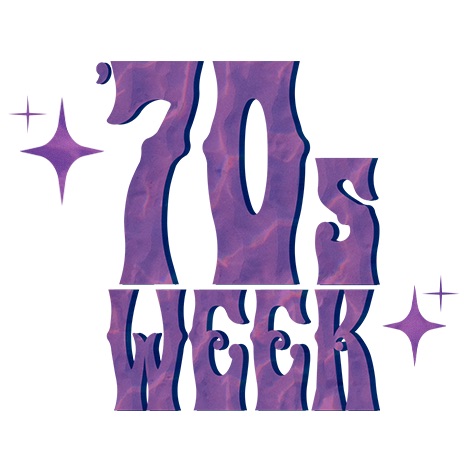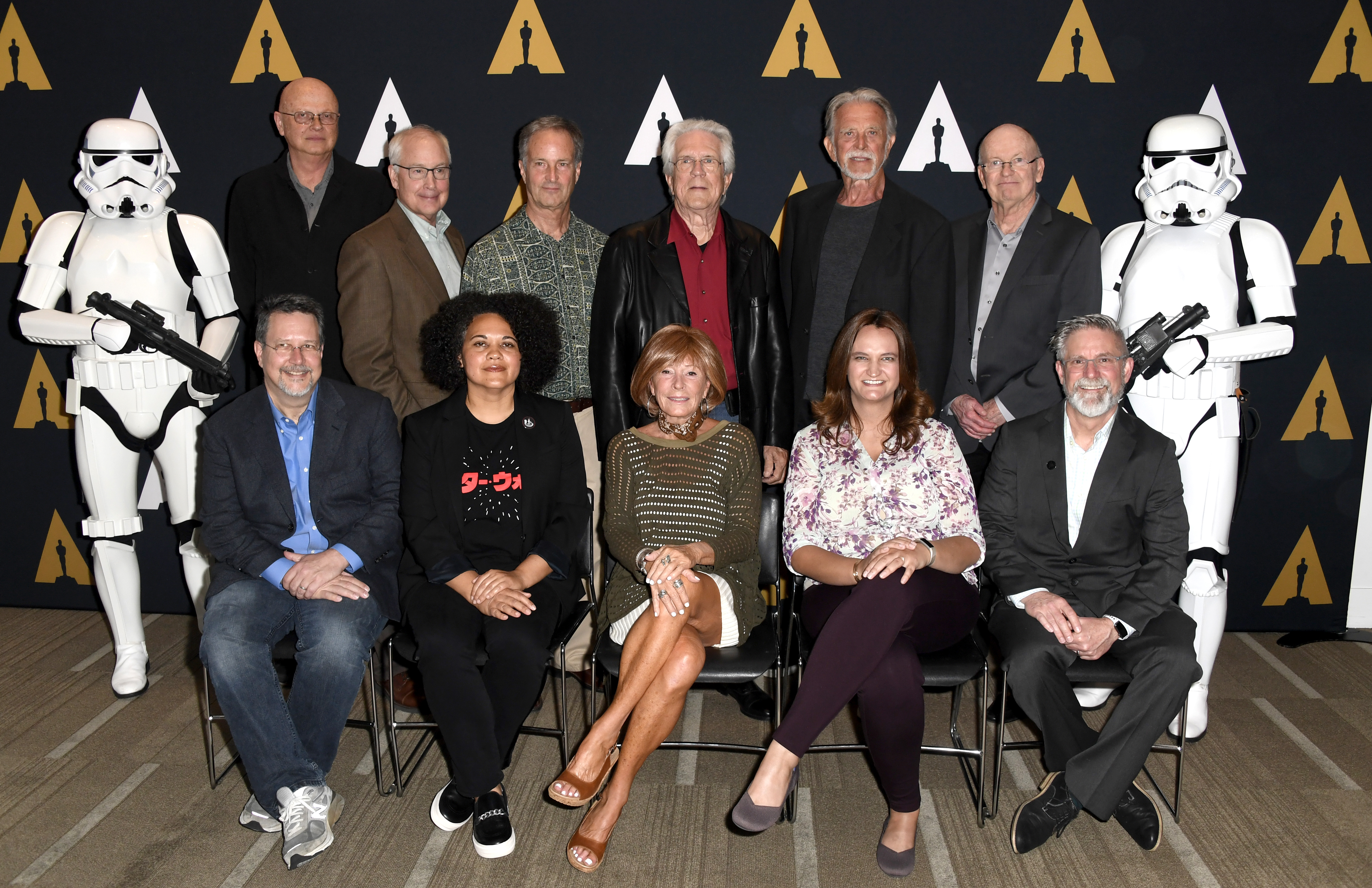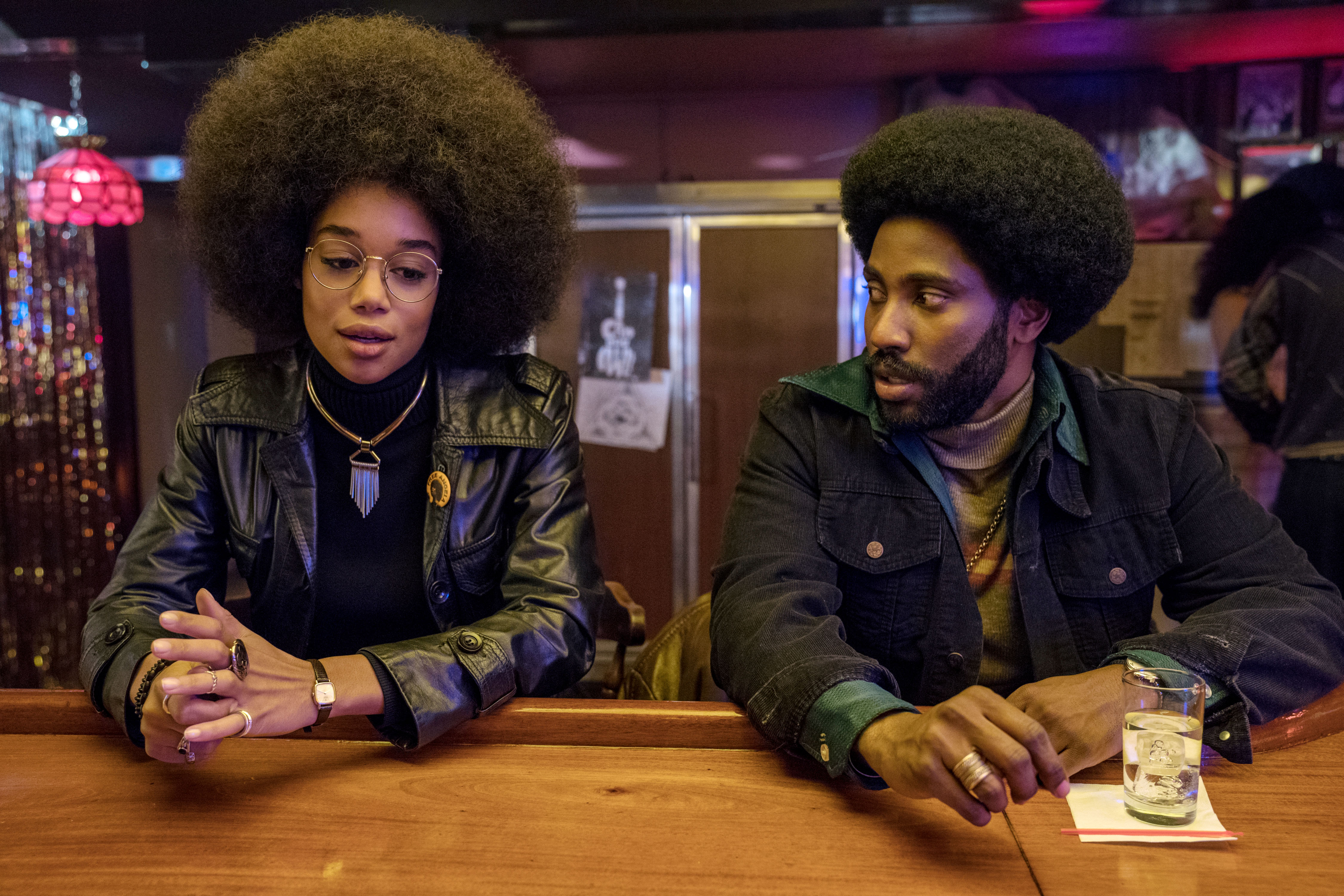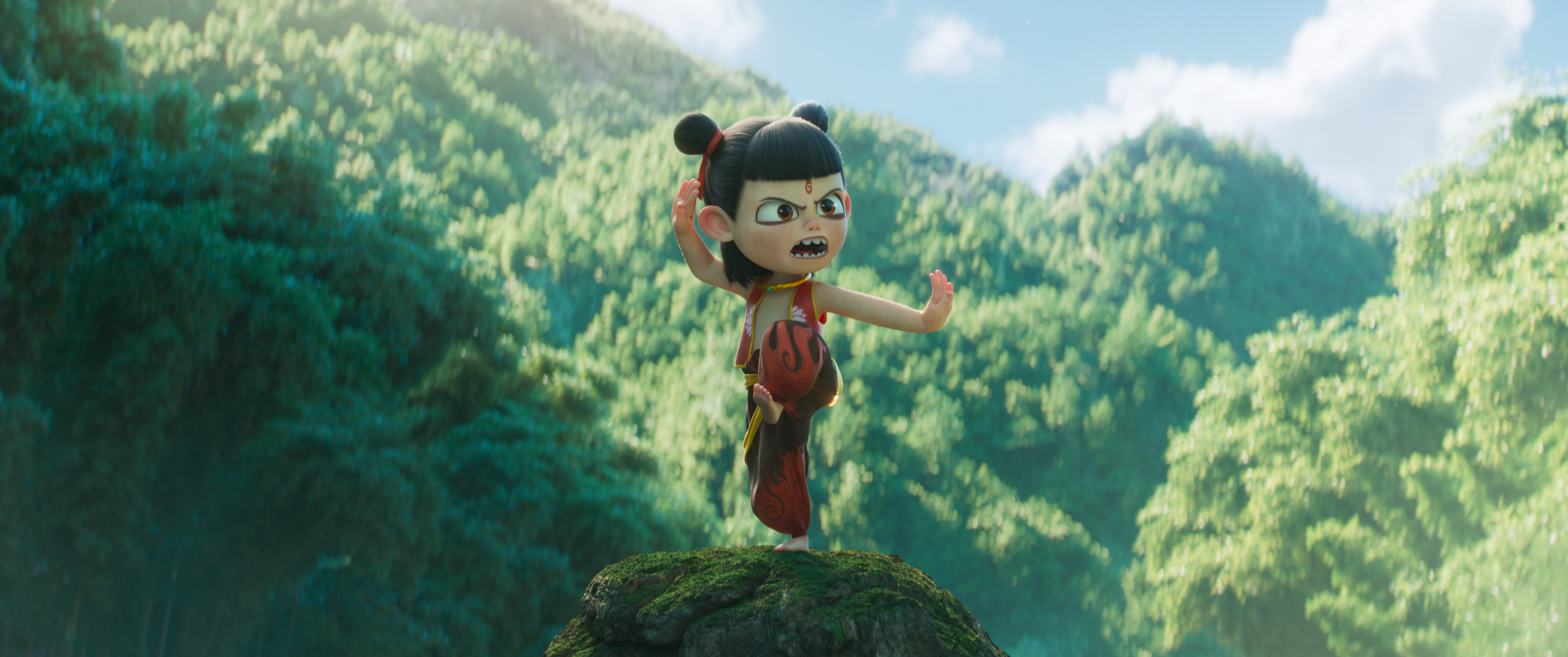
“Star Wars” changed movies forever. That much is widely understood.
To put into perspective the magnitude of the Death Star-like juggernaut that was the original 1977 film, consider this: Before it was later subtitled “A New Hope,” the film simply known as “Star Wars” opened in 43 theaters on May 25, 1977 before going wide on July 15, which at the time meant just 757 theaters. It was the number one film at the U.S. domestic box office for the rest of the summer.
In Week 47 of its release, it was still number one at the weekend box office. By then that was April 1978, almost a full 11 months after its premiere.
That is how you change the landscape of movies forever. Having that level of success. And yes, the front-loaded, “opening weekend is everything” ethos of blockbusterdom that we’re familiar with today had not yet set in. But that is extraordinary, culture-changing dominance, regardless.
What is less discussed is just how critically acclaimed “Star Wars” was, as well, and how much that critical acclaim translated into Academy Awards dominance. And sure, “Annie Hall” won Best Picture and its director, Woody Allen, won Best Director and Best Screenplay. But those, plus Alec Guinness in Best Supporting Actor (who fell short to Jason Robards for “Julia”), were the only categories “Star Wars” lost.
George Lucas’s film won six of the 10 categories for which it was nominated, and won a seventh Oscar, as well, a non-competitive Special Achievement Award for Ben Burtt in recognition of his creation “of the alien, creature, and robot voices” in it.
In the competitive categories, “Star Wars” won Best Original Score (for John Williams), Best Sound, Best Costume Design, Best Art Direction, Best Visual Effects, and Best Film Editing (for the team of Paul Hirsch, Richard Chew, and Lucas’s wife Marcia Lucas). That is an extraordinary haul and the most Oscars a science fiction or fantasy movie had ever received until “The Lord of the Rings: The Return of the King” topped those seven Oscars with a whopping 11. Put another way, those seven Oscars are more than “The Godfather” (with three) or “The Godfather Part II” (with six) received — unless you want to exclude Burtt’s award, then “Star Wars” tied with “The Godfather Part II,” fine.
What’s even more remarkable is just how much “Star Wars” was integrated into the whole ceremony. The 50th Academy Awards took place on April 3, 1978 at the Dorothy Chandler Pavilion. Mere seconds into host Bob Hope’s opening monologue, the Oscars veered in the direction of a galaxy far, far away: “Good evening and welcome to the real ‘Star Wars.’ This is the 50th Academy Awards show.”
A couple minutes later Hope continued, “1977 will be known as the year of ‘Star Wars,’ which has grossed over $200 million. That’s even more than some baseball players make.” A moment later there’s a cutaway to Billy Dee Williams, who couldn’t possibly have been cast as Lando Calrissian yet for “The Empire Strikes Back,” smiling and laughing at Hope making a joke about George Burns’ dating life. And before Hope even launched into his one-liners, Carrie Fisher’s mom Debbie Reynolds had performed a musical number tribute to Hollywood history. Watching that entire opening of the 50th Academy Awards, one thing becomes clear: “Star Wars” was not an outside force that lurched Hollywood in a different direction. Its success is due in part to effectively utilizing the Hollywood that already was — just as its story and aesthetic drew heavily from the Hollywood of the ’30s and ’40s. It’s a pretty straight line from “The Adventures of Robin Hood” to “Star Wars.”
When you stop and think about how much “Star Wars” is rooted in the Hollywood of the past, having many Old Hollywood stars fete this franchise that set the stage for the industry’s future doesn’t seem quite as incongruous: Not even the presence of Greer Garson, giving it the Best Art Direction Oscar, bellowing “Stahhhhr Wars” with a portent of grandeur even Malachi Throne didn’t quite give the film in his voiceovers for the TV commercials promoting it. “Star Wars” is the absolute standout in the Best Costume Design presentation, which involved actors modeling the costumes for each nominated film as Natalie Wood introduced each in turn — “Straw Dogs” actress Susan George modeled Princess Leia’s iconic ensemble, which ultimately won. And Mark Hamill was easily on Hope’s wavelength when he told the host, “And may the farce be with you.”
None of this came out of the blue. For as many detractors as “Star Wars” did have in 1977, and even more in the years after when its full impact on the industry became clear, it had serious cinephile cred upon its release. It didn’t just elicit raves from the likes of Roger Ebert, but also the Chicago Reader’s Dave Kehr, who even some years later called “it the most appealing film in the subgenre it launched, with its finger on something basic and satisfying.” Part of it also was that Lucas had already been so acclaimed for “American Graffiti” four years earlier, earning Best Director and Best Original Screenplay nods as well as the film itself for Best Picture, that the idea of “Star Wars” being a potential Oscar contender wasn’t that out there. Lucas had pioneered innovations in that film — along with “Mean Streets,” “American Graffiti” all but pioneered the idea of the “song score” made up of existing pop hits — and he had again with “Star Wars,” showing what B-movie material could be like with A-movie gloss.

There’s also this reality to contend with: The Academy was far more willing to honor popular films just because they were popular back then, as a kind of “state of the industry” referendum. That’s how at the 1971 ceremony you got Best Picture nominees for “Airport” and “Love Story,” the latter occupying some liminal space between phenomenon and punchline (even being mocked by a character played by that film’s star Ryan O’Neal in “What’s Up, Doc?” not long after). And may we never forget that “The Towering Inferno” was also once a Best Picture nominee, at the 1975 ceremony. Yes, O.J. Simpson was once in a movie nominated for the industry’s highest honor.
“Star Wars” went on to become the most Oscar-nominated franchise in movie history, with 37 nods total. Its last win, though, was at the 1984 ceremony, for the visual effects in “Return of the Jedi.” And Lucas himself never received a competitive Oscar. As the Academy moved into the ’80s, it started to move away more from the “state of the industry” referendum that it had considered the Oscars, and a new snobbishness (though not necessarily a focus on quality) entered the discourse — consider just how long it took Steven Spielberg to get any recognition. That may be changing now with massively popular films such as “Barbie” and “Oppenheimer” receiving major Oscar attention, but ask yourself this: What would it take for a “Star Wars” movie to ever get a Best Picture nomination again?
Even still, the franchise kept popping up on the telecasts in the years ahead, and was the occasion for something truly singular: In honor of his association with space, Lucas was greeted during the 1992 Academy Awards ceremony by a feed from the space shuttle Atlantis, the crew paying tribute to him on the occasion of Lucas winning the Irving Thalberg Award for excellence in producing. Suddenly floating alongside the crew in zero gravity was a little gold man: Not C-3PO, but an Oscar statuette itself. A source at the Academy tells IndieWire it’s unclear if the statuette was specially made for the trip to space or an extra one that just happened to be on-hand, but you can see the Oscar that launched into orbit at the Academy Museum.
Would any other franchise have sent Oscar to the heavens?
IndieWire’s ’70s Week is presented by Bleecker Street’s “RELAY.” Riz Ahmed plays a world class “fixer” who specializes in brokering lucrative payoffs between corrupt corporations and the individuals who threaten their ruin. IndieWire calls “RELAY” “sharp, fun, and smartly entertaining from its first scene to its final twist, ‘RELAY’ is a modern paranoid thriller that harkens back to the genre’s ’70s heyday.” From director David Mackenzie (“Hell or High Water”) and also starring Lily James, in theaters August 22.



